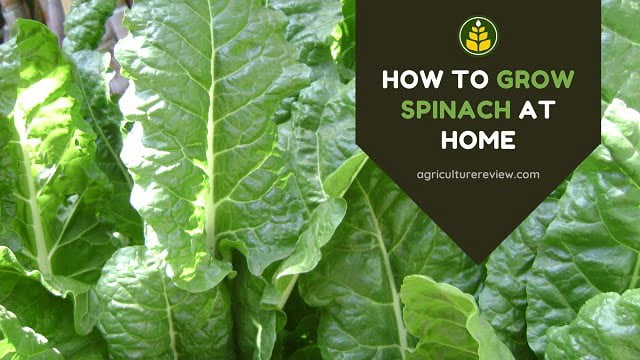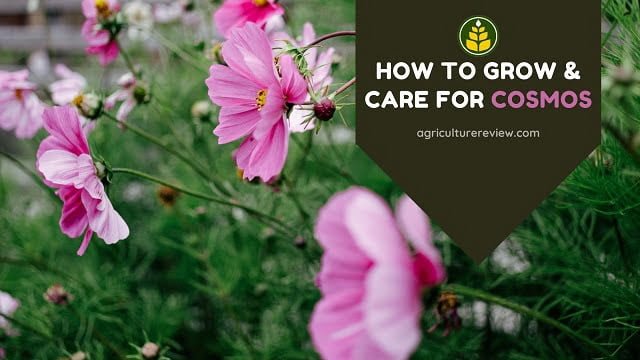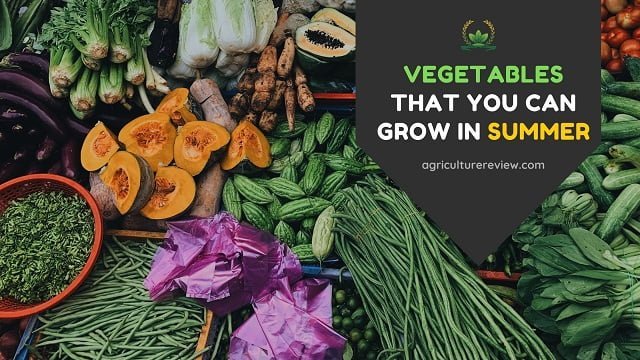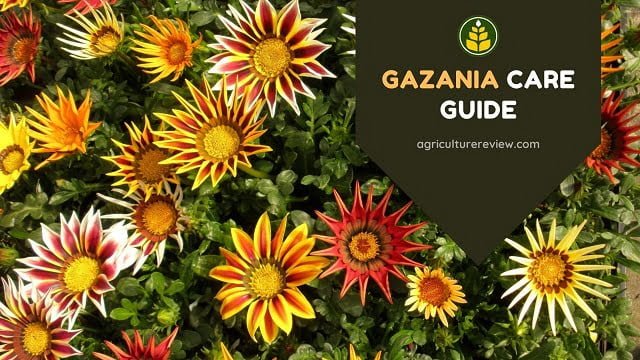From this ultimate guide on USDA garden registration and what’s people’s garden, get to know how to join people’s garden by completing USDA garden registration in America.
Table of Contents
What’s People’s Garden?
People’s garden is an initiative by United States Department of Agriculture (USDA) to promote local groups in building diversified & resilient food supply chain by participating in local food production. Sizes and types of the people’s garden is diverse based on community needs.
People’s garden also focuses on empowering gardening community, address local gardening issues, educate people through models of urban agriculture system, etc. If you are connected to a school garden, community garden, urban farm, small scale agriculture projects in urban areas then you can join People’s garden by completing USDA garden registration.
However, to get recognized & registered, community garden must fulfil these terms:
- Community Benefit: Your garden should be providing food, home to wildlife, informational site, and beautification to get recognized.
- Promote Sustainable Gardening: Members should be growing native plant species, avoiding use of chemicals, reusing garden waste as manure & following integrated pest management practices.
- Should Be A Collaborative Effort: Gardens should not have a private ownership. USDA agencies, expert gardeners, food banks, etc. should be working cooperatively in the garden. If your garden is at leased property, worship centres, federal owned property, or community property then it can get recognized.
- Spread Information: Gardening community should be spreading knowledge about sustainable gardening practices and its importance to people.
At present, people’s garden is located in 17 USDA urban hubs, and these are:
17 USDA Urban Hubs & People’s Garden
- Albuquerque, NM: Parks and Recreation Department and Aviation Department, City of Albuquerque
- Atlanta: Groundwork Atlanta
- Chicago: Urban Transformation Network
- Cleveland: Concerned Citizens Community Council
- Dallas: Texas Discovery Gardens
- Detroit: Keep Growing Detroit
- Grand Rapids: New City Neighbors
- Los Angeles: Neighbor Housing Services Of Los Angeles County
- Minneapolis: Project Sweetie Pie
- New York: Garden of Happiness and Taqwa Community Farm
- Oakland: City Slicker Farms
- Philadelphia: The U School and Urban Tree Connection
- Phoenix: Tiger Mountain Foundation
- Portland: Our Village Gardens
- Richmond: Community Food Collaborative, Virginia School Teaches Lessons in Food Justice, & Fairfield Middle School: The People’s Garden Grant
- St. Louis: Seed St. Louis
Source: USDA Website
You will also love reading them,
READ MORE: How To Grow Beetroot In Home Garden
READ MORE: How To Prepare & Use Onion Peel Fertilizer
Benefits Of Joining People’s Garden
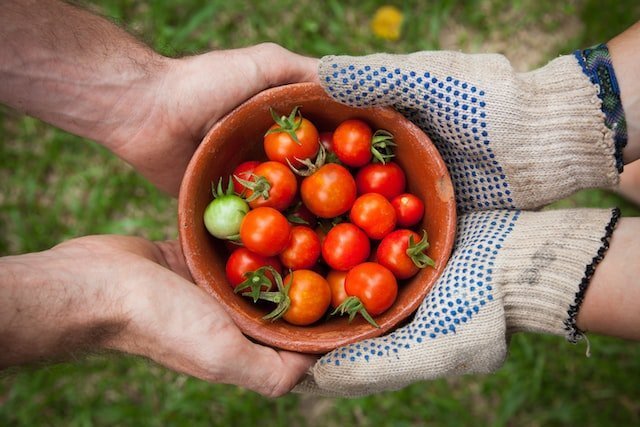
- Your garden will get associated with United States Department Of Agriculture.
- Community garden will become inspiration & source of knowledge for people living in United States Of America.
- You will be able to contribute in building local food system.
- Your garden will become home for wildlife.
- Sustainable gardening will be promoted in United States, hence it will create an environment friendly gardening system.
You will also love reading them,
READ MORE: How People Celebrate National Gardening Week?
READ MORE: How To Grow Grapes In Pots?
How To Do USDA Garden Registration?
Registration process is very simple, you need to fill an online registration form by filling all the necessary details, and click submit at the last. Once you get recognized, then USDA will list your garden on their map and will send you a people’s garden sign to display.
Link To Online Registration Form: People’s Garden Registration Form
I hope you are now familiar with the people’s garden and the registration process. Such initiatives by United States Department of Agriculture is going to bring a positive change in the local food system. If you have any query, ideas, or suggestions then please comment below.
